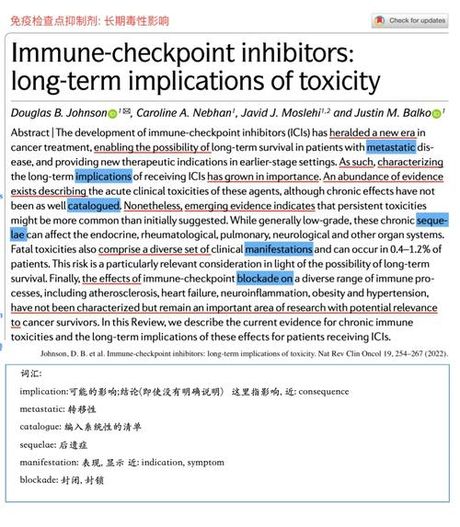Deaf, as an adjective in English, is pronounced as [def]. It refers to a partial or total inability to hear, significantly impacting communication and social interactions. This term is not monolithic; it encompasses a broad spectrum of hearing loss. According to the World Health Organization (WHO), hearing loss varies in severity, ranging from mild to profound. Mild hearing loss may still allow some sounds to be heard, particularly in quiet settings, while profound deafness means even the loudest sounds cannot be perceived.

The term "deaf" is inclusive. It not only refers to individuals who are completely deaf but also includes those who are hard of hearing, late-deafened, or have any form of hearing impairment. The National Deaf Center uses this term in an all-inclusive manner, recognizing that for many, identity is fluid and can change over time or with different settings.
Deafness is a significant global issue. The WHO estimates that over 1.5 billion people currently live with hearing loss, and this number could rise to 2.5 billion by 2050. Deafness is not just a medical condition; it's a social and cultural identity for many. The deaf community has its own culture, language (often sign language), and social norms.
Technological advancements have played a crucial role in shaping the identity and experiences of deaf individuals. Innovations like speech-to-text technology, real-time captioning, and educational software tailored for deaf users have significantly improved access to information and education for the deaf community.
Understanding the term "deaf" involves recognizing the diversity within the deaf community and the varying degrees of hearing loss. It also involves acknowledging the cultural and social aspects of deafness, beyond its purely medical definition.